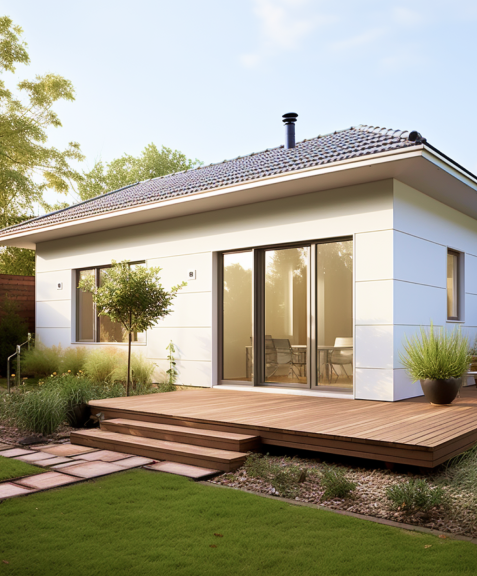





A link to download your FREE brochure will be in your inbox in 3 minutes
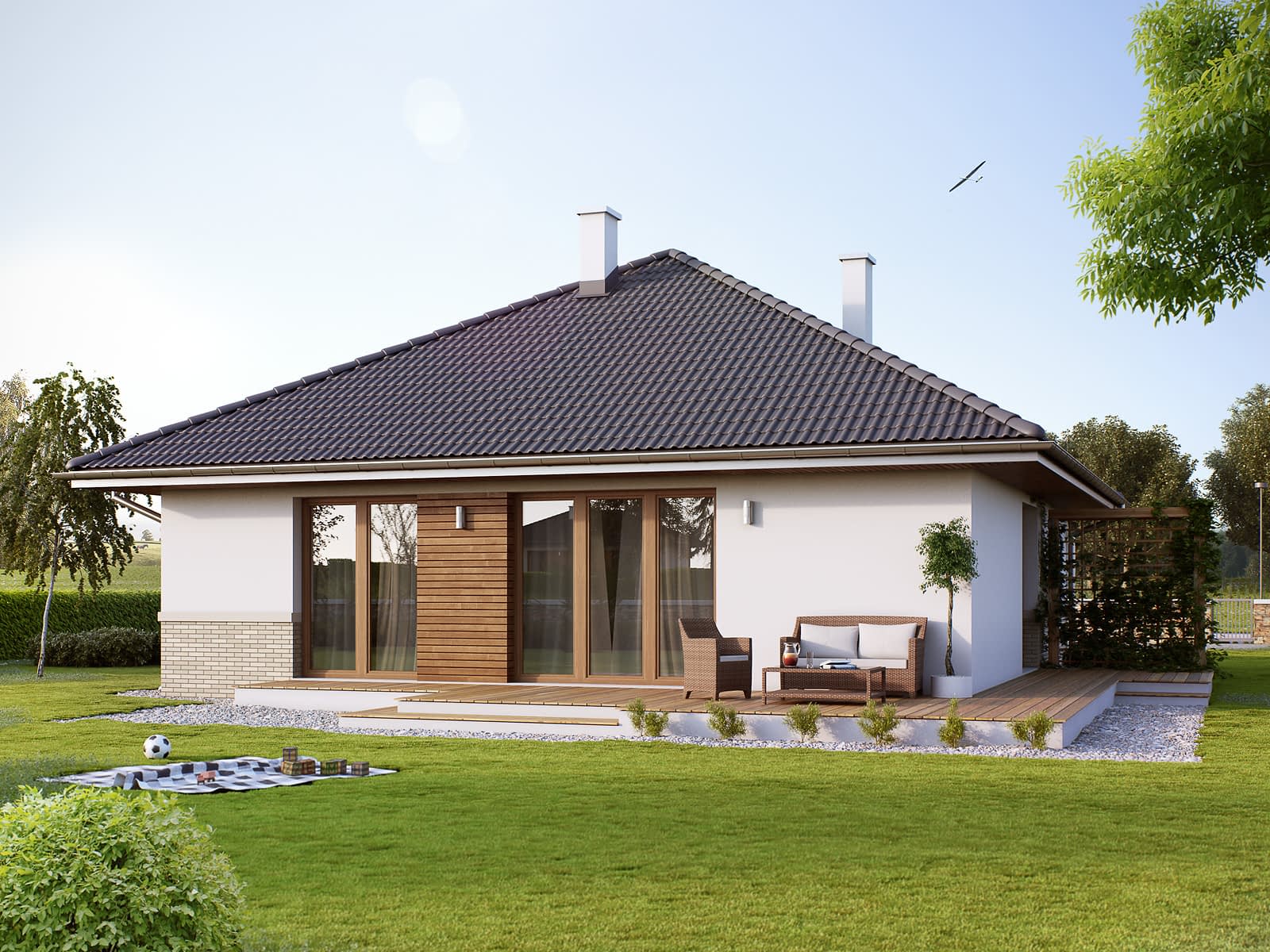






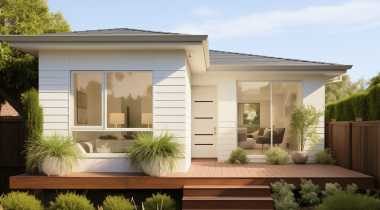











The final price may vary based on project specifics.
To get a free accurate quote tailored to your needs, book a consultation with us today!

The price per square foot provided is an average and may vary depending on project-specific details such as materials, location, complexity, and other factors. Actual costs may differ from the average provided.
It is recommended to obtain a detailed quote based on the specific requirements of your project.

Please note that the monthly payment displayed on this page is an estimate and is subject to variation based on the selected loan product, applicants credit score, loan amount, and other financial details. Actual monthly payment may differ from the estimate provided.
It is recommended to seek advice from a financial advisor or loan officer to obtain precise payment information tailored to individual circumstances.
 Your Trusted
Local Contractor
Your Trusted
Local Contractor
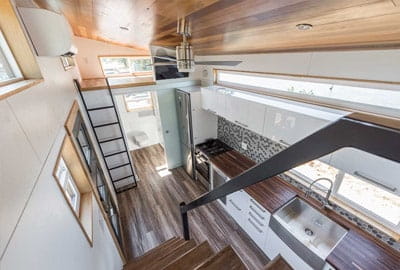
The dream of many homeowners is to live life not in full bloom, but in full width. To achieve that, they try to get extra room from their house, but it always causes extra hassle and is quite time-consuming. However, a great option to get more space or more room is to order a wide tiny house with maximum height up to 13.5 feet tall. To find out more about tiny houses, permits needed to build one, and figure out a few rules of using a wide tiny house, read this article.
The bustling rhythm of modern cities often overshadows the enchanting world of tiny homes. Unlike traditional homes, these structures aren't just a mere living space; they're a lifestyle, a philosophy, and an embodiment of minimalist ideals. Beyond the square feet they occupy, they redefine the essence of a home.
While most people see a regular house as the standard, the tiny house community sees them as oversized loads, finding charm and utility in small spaces. Normally, a tiny house reaches 13.5 feet tall and can be up to 8 1/2 feet wide.
Drowning in a plethora of architectural designs and housing options, the tiny house concept emerges like a beacon. In the backdrop of urban realms and the tranquil corners of California, tiny homes punctuate the landscape, becoming symbols of a minimalist lifestyle.
They're not just tiny houses; they encapsulate a journey back to the essentials. It's a dance between functionality and design, where every inch matters, and the main floor becomes a canvas for imagination.
Diving headfirst into the world of tiny homes isn’t just about economizing space; it's life-enriching:
Tiny house dimensions aren’t merely for aesthetic or design purposes; they have vital reasons:
Beyond width and height:
As the Californian sun dips below the horizon, tiny homes dot the landscape, promising simplicity, intention, and fulfillment. These houses, no matter their length, width, or whether they sit on wheels or remain stationary, are a testament to the beauty of minimalism.
While the general road-legal limit for most tiny homes is approximately 8.5 feet in width in many places like California, many find this the gold standard. This width of a tiny house avoids needing permits during relocation and offers enough room for a cozy interior. Stationary homes can be a foot wide more, offering a touch more spatial luxury.
Delving deeper into tiny homes, it's not just about width. There are factors like the tow vehicle required, the total length of the trailer, the wheel wells, and even the bathroom's placement. Sustainable materials whisper of eco-responsibility. Layout and design bring in aesthetics, while insulation ensures the house remains a sanctuary all year round.
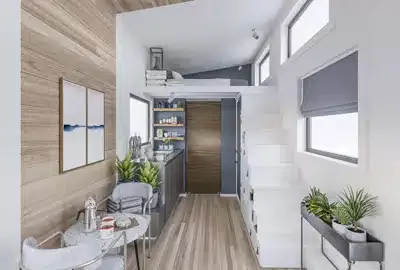
The realm of tiny homes promises freedom, simplicity, and a profound connection to our surroundings. It's where less is more, and every emotion is magnified. In embracing the philosophy of tiny homes, we're not just choosing a living space; we're embarking on a journey. If you decide to have a tiny home, remember about getting the right building permit and the dimensions of a tiny house on wheels as well as the oversize load it can carry.
Carefully calculate the possible length and width of your future tiny home, consider certain areas where you cannot go with your truck, and get necessary permits to build one. Even though all the difference between a tiny home and a regular one is its transportability, every permit still counts.
The tiny home movement is a poetic embrace of minimalism, suggesting that in a smaller living space, every square inch has its own story, every corner reverberates with memories.
Absolutely! These compact wonders integrate modern needs seamlessly. They have spaces to dock devices, setups for satellite dishes, and even options for solar panels.
They're built resiliently. With proper insulation, they can withstand both hot summers and chilly winters, providing comfort throughout. And a hip roof means that you will easily get rid of all the precipitation fast enough.
Looking at the increasing number of tiny homeowners, it seems like a shift towards conscious living, reducing carbon footprints, and valuing experiences over possessions.
Tiny houses, often celebrated for their small space efficiency, typically have dimensions that prioritize their limited living space inside the trailer. The common width for a tiny house trailer is approximately 8.5 feet wide (to stay within road-legal limits), while the average tiny house interior height and length can vary based on design preferences. On the other hand, a regular house doesn't face such tight constraints and can span thousands of square feet.
Most tiny homes usually are built under 400 square feet, focusing on maximizing each square inch of living space. Mobile homes, while also optimized for space, tend to be larger, with many exceeding 400 square feet. Both forms of housing offer unique approaches to space-saving and living efficiency.
The tiny house trailer dimensions and weight typically determine the type of tow vehicle needed. Given their compact size, many tiny homes on wheels can be towed with a robust truck, provided it can handle the weight. Traditional mobile homes, due to their broader width and larger square footage, often require specialized tow vehicles or professional transport services.
When building your own tiny house on a trailer, it's essential to factor in the wheel wells, which can intrude into your living space. Innovative designs incorporate these as built-in seating or storage. As for trailer axles, selecting wider axles can give a few extra inches of width, but remember to stay within the maximum width of 8.5 feet to avoid needing permits when you're on major highways.